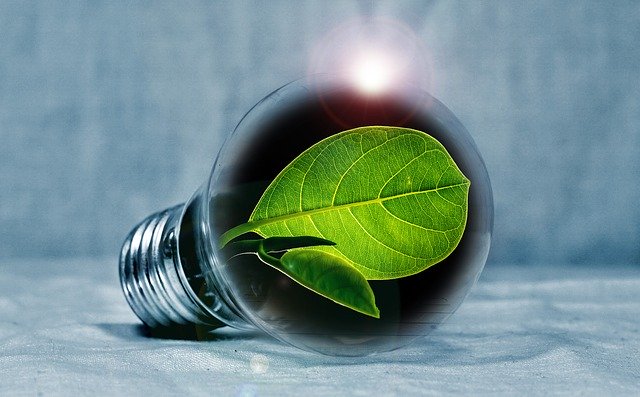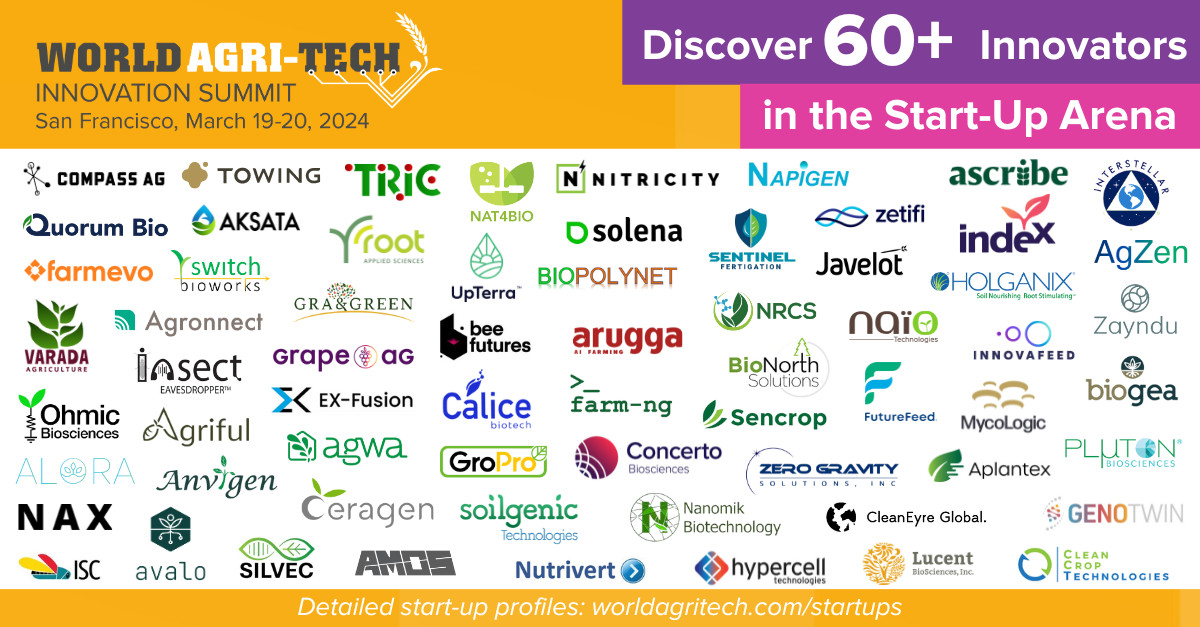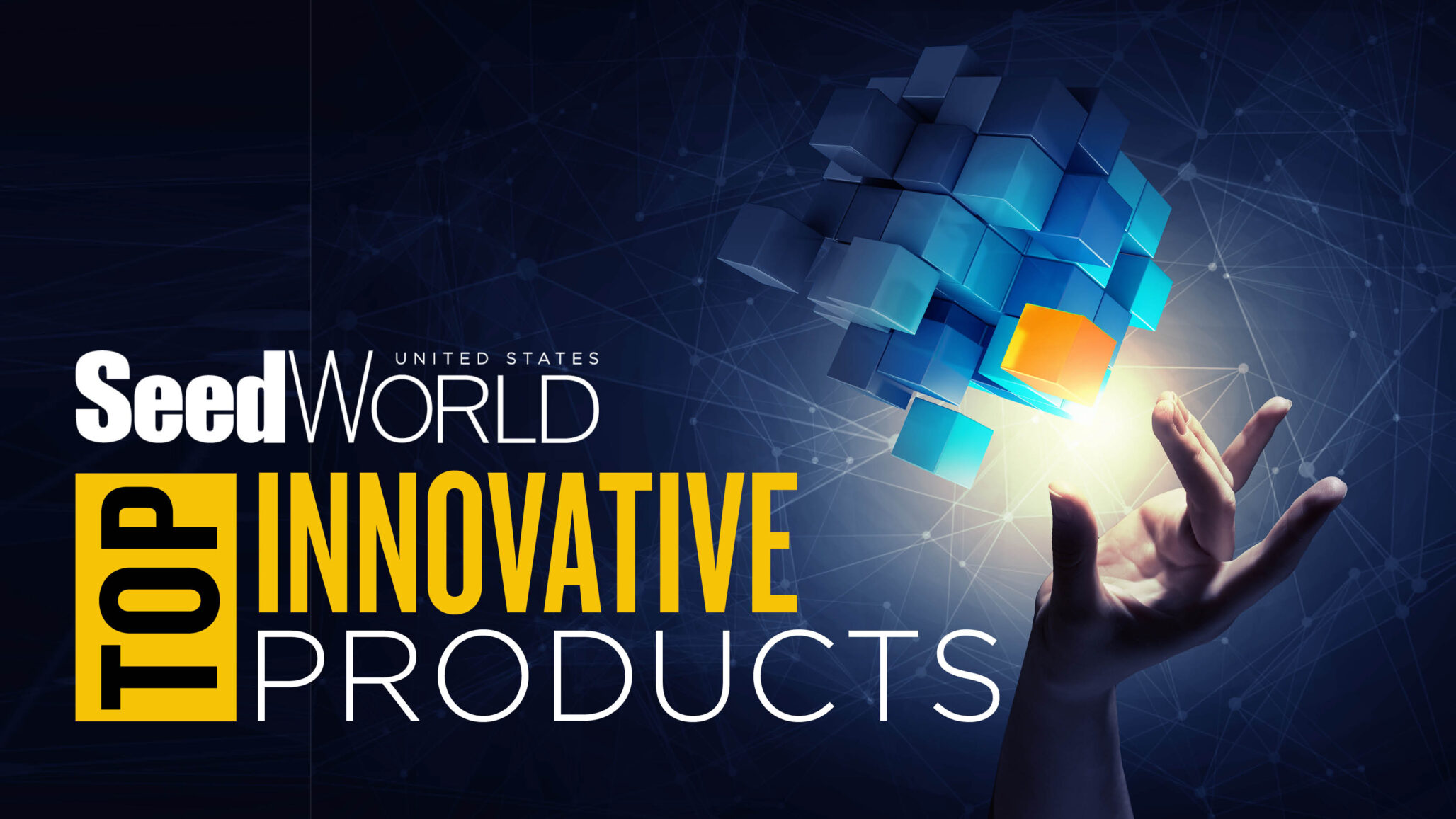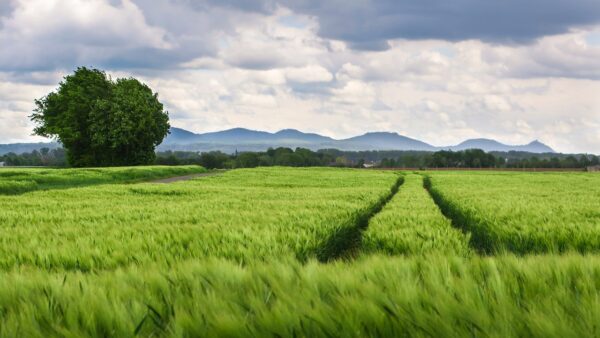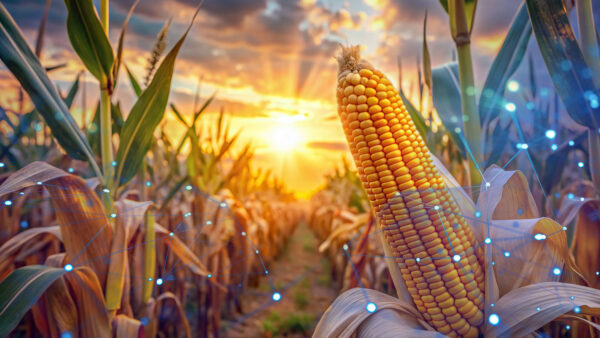In November, Seed World U.S. put out our third annual call for the most innovative new products of the year. Nominations spanned a wide breadth of technologies and showcased the varied and creative innovation shaping the seed industry today. We’re delighted to introduce the second half of our list of winners, including:
SMARTtray GmbH
The ever-increasing number of plants that need to be sampled for DNA extraction and marker-assisted selection has created a bottleneck in the breeding process. SMARTtray® is an innovative, high-throughput method for the cultivation and tissue sampling of various plant species. It was developed by experienced plant breeders and scientists to meet the challenges of modern plant breeding. The core element of SMARTtray® is the cultivation and subsequent extraction of root tissue for all cross progenies in a 96-well format, avoiding additional single plant manipulations.
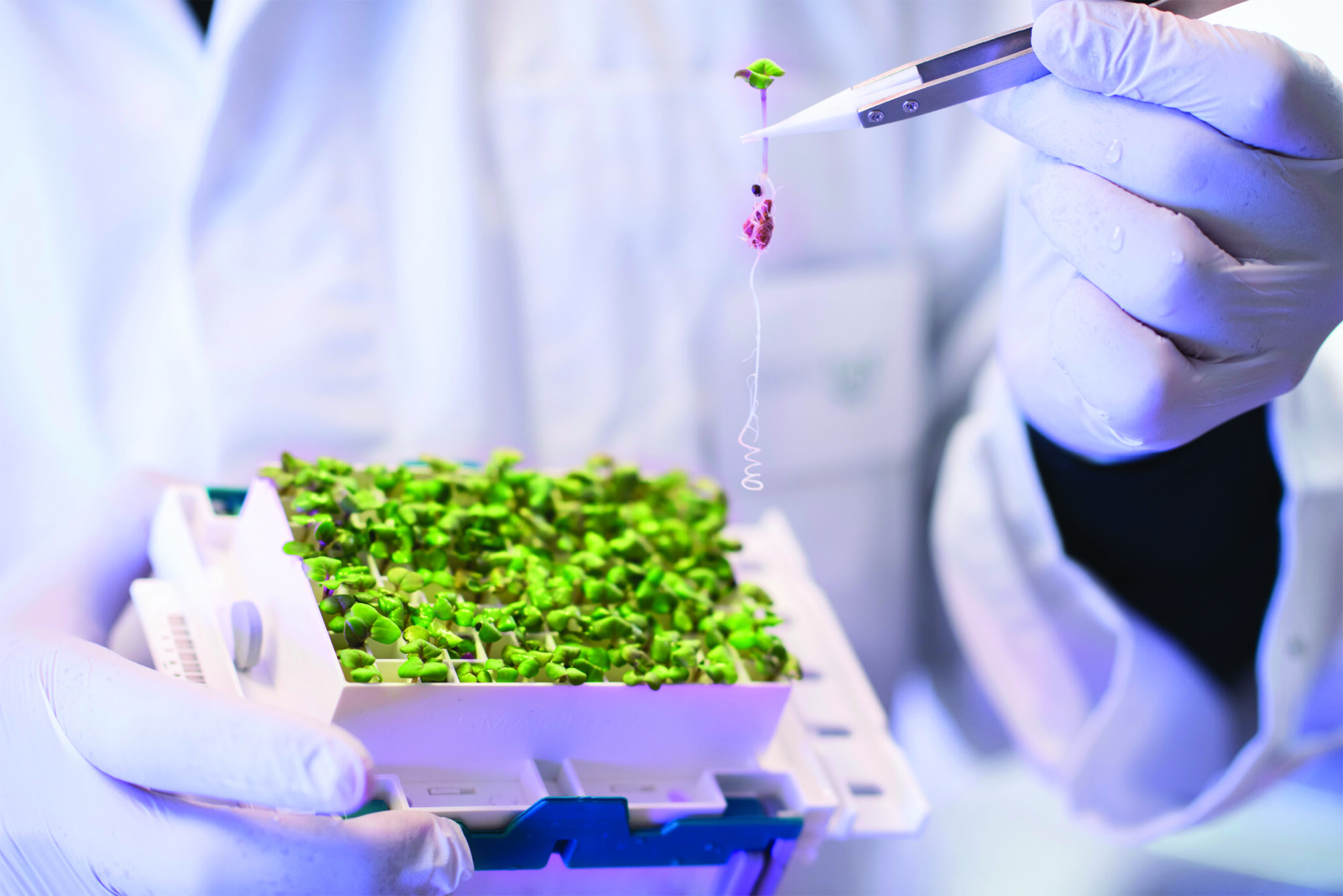
“SMARTtray® is a technology that automates crucial steps from cultivation to plant sampling and DNA extraction, making the breeding process more reliable and efficient,” says Željko Mićić, SMARTtray GmbH’s CEO.
“This technology enables professional plant breeders to cultivate a large number of plants in an exponential farm designed for breeding purposes, resulting in a significant increase in genetic variability”
According to SMARTtray, the technology enhanced processing safety, flexibility and energy management, as well as significant time and money savings including:
– Up to 33% reduction in process costs
– Up to 90% reduction in sampling time
– Up to 90% reduction in cultivation space
– Up to 80% reduction in human resources.
Aquaholder by Pewas s.r.o
Drought is one of the most pressing problems facing agriculture today. Aquaholder aims to tackle that challenge in a new way. As its name suggests, Aquaholder is a seed coating product that contains a superabsorbent able to attract and retain water in the form a hydrogel around seeds. The hydrogel functions as a water reservoir that supports a crop during its most vulnerable period: germination.
Aquaholder is not the first seed treatment absorbent available. What makes it unique is that it overcomes major technological barriers that limit other seed treatment absorbents. Aquaholder’s absorbent is inactive during seed treatment and only become activated once after seeds are planted into soil.
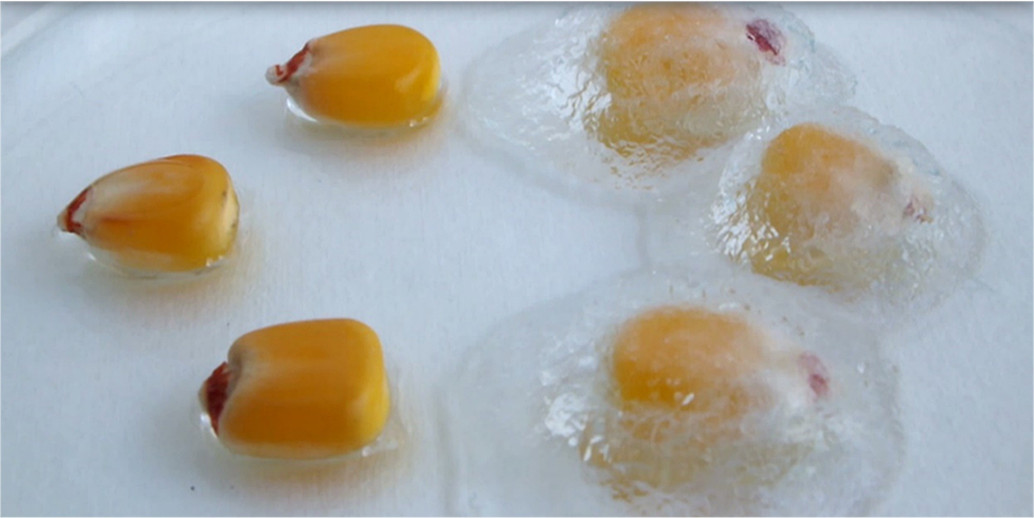
In more than 200 certified field trials in six US states and 13 European countries, Aquaholder showed positive impact to crop root systems, biomass formation and yields.
“These positive results, as well as the strong interest of farmers and the seed companies into our innovative technology, this all confirms our belief into our project and its global potential. And I do believe that our revolutionary product will be able to reduce the negative effects of climate change and, thus, it will contribute to global sustainable agriculture, soon,” says Ivo Krpelan, Pewas’ CEO.
Pantograph by Computomics GmbH
Pangenome datasets haven’t been interactively visualized, until now. Computomics’ Pantograph technology is the first visual browser showing every kind of variation in a region, allowing the pinpointing of genetic changes associated with a trait. Users intuitively inspect large-scale variation between complete genomes up to whole chromosome views, or dive deep to single nucleotide level variation. Pantograph shows meta data such as phenotype information alongside the genomes, allowing the sorting of genomes by meta data or by genetic variants. The technology allows breeders to interactively explore the genetic impact on traits without requiring computational skills, transforming the way crop genomes can be investigated and understood.
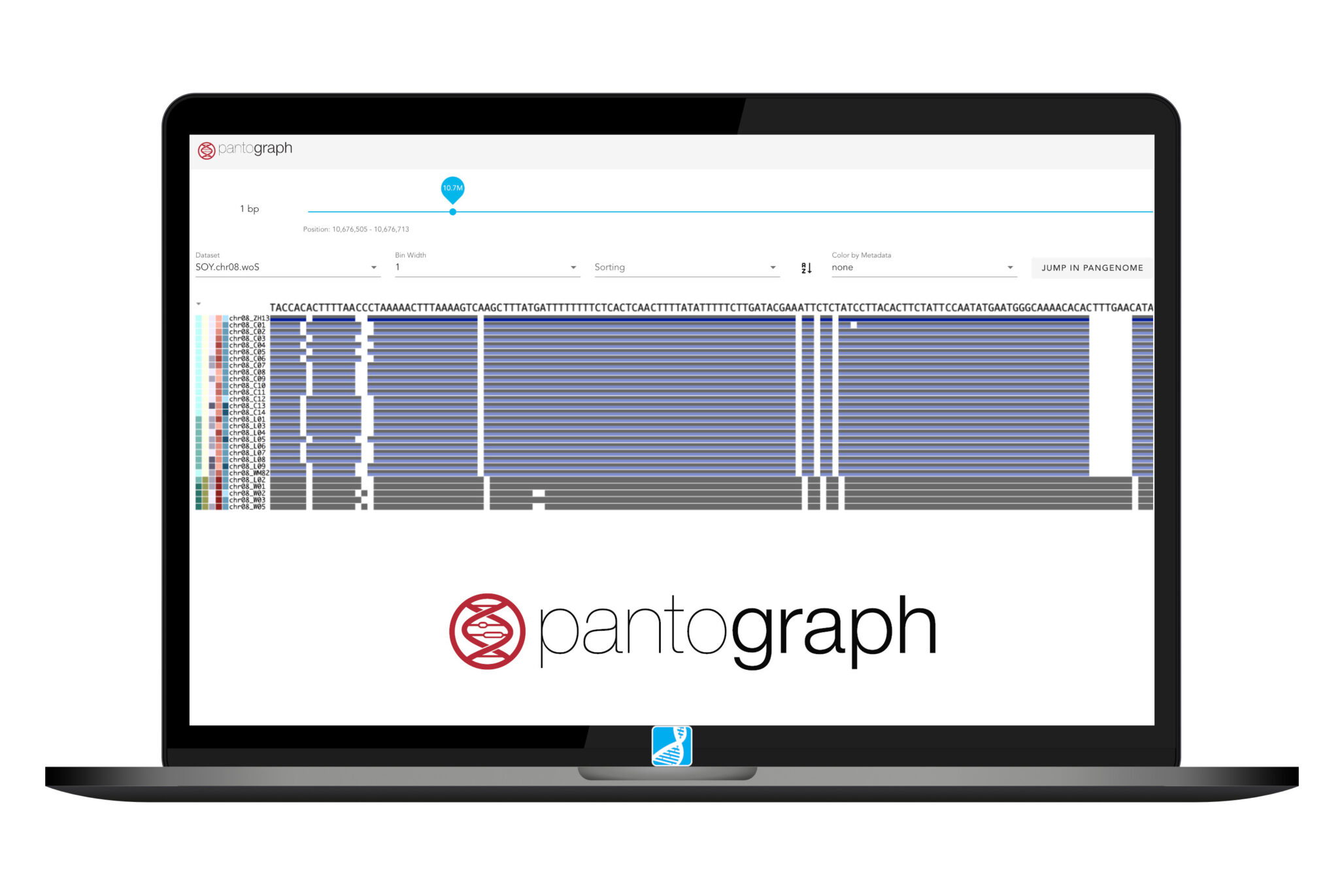
“Working with pangenomes allows the seed industry to capture the full genetic diversity of crops,” says Computomics’ CEO and managing director, Sebastian J. Schultheiss. “Seeing this diversity visualized paves the way for ground-breaking discoveries like finding causal genes for hard-to-detect traits that are important for disease resistances or yield gain.”
“By integrating public and proprietary data into one dashboard, pangenomes can be explored similarly to ‘Google Maps’. This visual exploration delivers better markers and better gene editing targets than any other technology.”
Mark 3 by Arable
Arable’s Mark 3 crop intelligence system is an IoT-based sensing and monitoring device that combines weather, plant, and soil sensing with irrigation monitoring, contextualized crop images, and data communications in a single compact and portable device.
The Mark 3 features state-of-the-art environmental and plant sensors including a research-grade thermal sensor that reads canopy temperature within one degree Celsius and a 22 narrow-band spectrometer that facilitates advanced plant analysis. These sensors enable the detection of plant stress before it becomes visible to the human eye. Additionally, the Mark 3 includes an optional ultrasonic anemometer for precise tracking of wind speed and direction without any moving parts.

The Mark 3’s uniqueness for the seed industry lies in its precision, comprehensive data capabilities, and ability to integrate. It gives plant breeders the ability to match seed traits precisely with the environmental conditions they will thrive in. For seed producers, it closes the loop between breeding and cultivation.
“This breakthrough signifies the onset of a new era in digital agriculture, where data-centric insights not only boost efficiency and productivity but also foster better management and conservation of agricultural resources,” says Jim Ethington, Arable’s CEO.
To read about additional Seed World U.S. Top Innovations of 2023 winners, click here



